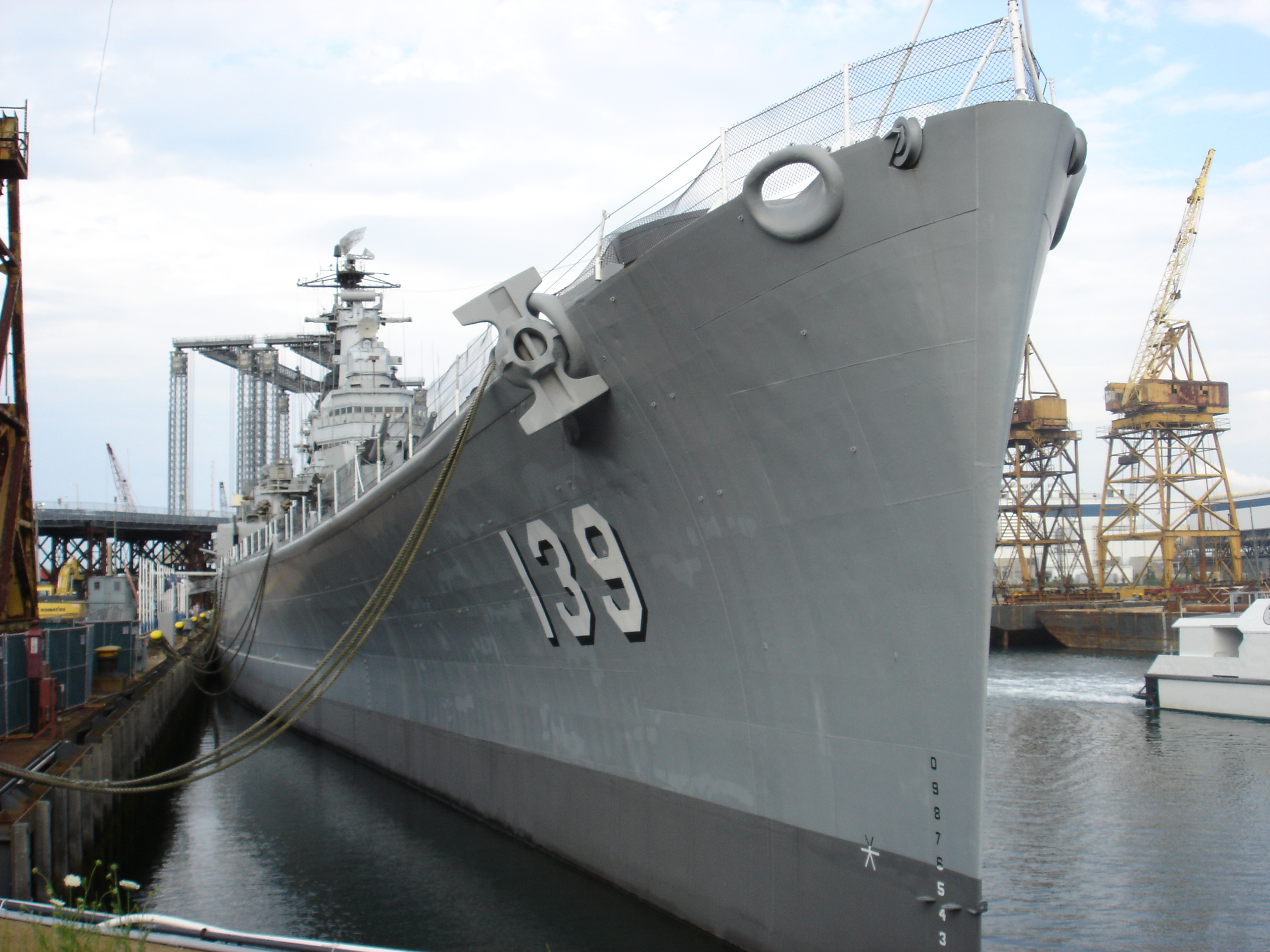|
HMS Artful (P456)
HMS ''Artful'' (P456), was an of the Royal Navy, built by Scotts Shipbuilding and Engineering Company of Greenock and launched 22 May 1944. In 1953 she took part in the Fleet Review to celebrate the Coronation of Queen Elizabeth II. In 1955 she was the first of her class to be rebuilt and streamlined. In 1966 she completed a refit and recommissioned for service with the Home Fleet. In 1967 she undertook a Home Fleet Squadron tour to the West Indies and later that year attended Portsmouth Navy Days. Design Like all Amphion-class submarines, ''Artful'' had a displacement of when at the surface and while submerged. It had a total length of , a beam of , and a draught of . The submarine was powered by two Admiralty ML eight-cylinder diesel engines generating a power of each. It also contained four electric motors each producing that drove two shafts. It could carry a maximum of of diesel, although it usually carried between . The submarine had a maximum surface speed of ... [...More Info...] [...Related Items...] OR: [Wikipedia] [Google] [Baidu] |
Scotts Shipbuilding And Engineering Company
Scotts Shipbuilding and Engineering Company Limited, often referred to simply as Scotts, was a Scottish shipbuilding company based in Greenock on the River Clyde. In its time in Greenock, Scotts built over 1,250 ships. History John Scott founded the company in 1711. He built herring busses and small craft. He was succeeded by his son William Scott (1722-1769) and another son. In 1765 they built their first square-rigged vessel. William's son John (1752-1837) expanded the shipyard to a major shipbuilding company. The Scott family took over the Greenock Foundry in 1790. In 1791, Scott & Co. built , of 600-ton (bm), for the Newfoundland trade. She and , built in 1794, were the largest ships built in Scotland in their years. They marked the beginning of increased activity by Scott & Co., particularly with respect to large, ocean-going ships. C. G. Scott started building at Cartsdyke Dockyard in 1850, as Scott & Company. John Scott (II) and Robert Scott bought the adjacent yard ... [...More Info...] [...Related Items...] OR: [Wikipedia] [Google] [Baidu] |
Royal Navy
The Royal Navy (RN) is the United Kingdom's naval warfare force. Although warships were used by Kingdom of England, English and Kingdom of Scotland, Scottish kings from the early medieval period, the first major maritime engagements were fought in the Hundred Years' War against Kingdom of France, France. The modern Royal Navy traces its origins to the early 16th century; the oldest of the British Armed Forces, UK's armed services, it is consequently known as the Senior Service. From the middle decades of the 17th century, and through the 18th century, the Royal Navy vied with the Dutch Navy and later with the French Navy for maritime supremacy. From the mid 18th century, it was the world's most powerful navy until the World War II, Second World War. The Royal Navy played a key part in establishing and defending the British Empire, and four Imperial fortress colonies and a string of imperial bases and coaling stations secured the Royal Navy's ability to assert naval superiority ... [...More Info...] [...Related Items...] OR: [Wikipedia] [Google] [Baidu] |
Cold War Submarines Of The United Kingdom
Cold is the presence of low temperature, especially in the atmosphere. In common usage, cold is often a subjective perception. A lower bound to temperature is absolute zero, defined as 0.00K on the Kelvin scale, an absolute thermodynamic temperature scale. This corresponds to on the Celsius scale, on the Fahrenheit scale, and on the Rankine scale. Since temperature relates to the thermal energy held by an object or a sample of matter, which is the kinetic energy of the random motion of the particle constituents of matter, an object will have less thermal energy when it is colder and more when it is hotter. If it were possible to cool a system to absolute zero, all motion of the particles in a sample of matter would cease and they would be at complete rest in the classical sense. The object could be described as having zero thermal energy. Microscopically in the description of quantum mechanics, however, matter still has zero-point energy even at absolute zero ... [...More Info...] [...Related Items...] OR: [Wikipedia] [Google] [Baidu] |
Bow (ship)
The bow () is the forward part of the hull of a ship or boat, the point that is usually most forward when the vessel is underway. The aft end of the boat is the stern. Prow may be used as a synonym for bow or it may mean the forward-most part of the bow above the waterline. Function A ship's bow should be designed to enable the hull to pass efficiently through the water. Bow shapes vary according to the speed of the boat, the seas or waterways being navigated, and the vessel's function. Where sea conditions are likely to promote pitching, it is useful if the bow provides reserve buoyancy; a flared bow (a raked stem with flared topsides) is ideal to reduce the amount of water shipped over the bow. Ideally, the bow should reduce the resistance and should be tall enough to prevent water from regularly washing over the top of it. Large commercial barges on inland waterways rarely meet big waves and may have remarkably little freeboard at the bow, whereas fast military ve ... [...More Info...] [...Related Items...] OR: [Wikipedia] [Google] [Baidu] |
Vickers Machine Gun
The Vickers machine gun or Vickers gun is a water-cooled .303 British (7.7 mm) machine gun produced by Vickers Limited, originally for the British Army. The gun was operated by a three-man crew but typically required more men to move and operate it: one fired, one fed the ammunition, the others helped to carry the weapon, its ammunition, and spare parts. It was in service from before the First World War until the 1960s, with air-cooled versions of it on many Allied World War I fighter aircraft. The weapon had a reputation for great solidity and reliability. Ian V. Hogg, in ''Weapons & War Machines'', describes an action that took place in August 1916, during which the British 100th Company of the Machine Gun Corps fired their ten Vickers guns to deliver sustained fire for twelve hours. Using 100 barrels, they fired a million rounds without breakdowns. "It was this absolute foolproof reliability which endeared the Vickers to every British soldier who ever fired one. It ... [...More Info...] [...Related Items...] OR: [Wikipedia] [Google] [Baidu] |
303 British
The .303 British (designated as the 303 British by the C.I.P. and SAAMI) or 7.7×56mmR, is a calibre rimmed rifle cartridge. The .303 inch bore diameter is measured between rifling lands as is the common practice in Europe which follows the traditional black powder convention. It was first manufactured in Britain as a stop-gap black powder round put into service in December 1888 for the Lee–Metford rifle. From 1891 the cartridge used smokeless powder which had been the intention from the outset, but the decision on which smokeless powder to adopt had been delayed. It was the standard British and Commonwealth military cartridge for rifles and machine guns from 1889 until the 1950s when it was replaced by the 7.62×51mm NATO. Cartridge specifications The .303 British has 3.64 ml (56 grains H2O) cartridge case capacity. The pronounced tapering exterior shape of the case was designed to promote reliable case feeding and extraction in bolt-action rifles and machine guns a ... [...More Info...] [...Related Items...] OR: [Wikipedia] [Google] [Baidu] |
QF 4 Inch Naval Gun Mk XXIII
The QF 4-inch gun Mark XXIII was introduced in late 1945 as a deck gun for Royal Navy submarines. It was the last type of gun to be fitted to British submarines, finally being retired in 1974. Development and service Development of the Mark XXIII began in 1942, as a lighter replacement for the QF 4-inch gun Mark XXII, which was based on a gun introduced in 1911. It was too late to see service in World War II, but was fitted to ''Amphion''-class submarines that completed after October 1945. It was also fitted to some T-class submarines. Between 1955 and the early 1960s, the ''Amphion''-class boats were modernised with new streamlined conning towers and casings. This work included the removal of the deck gun, although the underlying supports for the gun mountings were retained in case they were required. This facility was put to use during the British involvement in the Indonesia–Malaysia confrontation from 1962 to 1966, when the flotilla of ''Amphion''-class submarines whi ... [...More Info...] [...Related Items...] OR: [Wikipedia] [Google] [Baidu] |
Amphion-class Submarine
The ''Amphion'' class (also known as the "A" class and ''Acheron'' class) of British diesel-electric submarines were designed for use in the Pacific War. Only two were completed before the end of hostilities, but following modernisation in the 1950s, they continued to serve in the Royal Navy into the 1970s. Development and service The ''Amphion'' class were ordered by the British Admiralty in 1943, upon the realisation that the new Pacific theatre of war following the attack on Pearl Harbor needed a new type of submarine. They were originally designed to replace the S-class and T-class submarines, which were too slow and unable to dive deep enough to be suited to Pacific waters during World War II. They were essentially the same size as the T class, arranged for fast, simple construction and to utilize much of the materials and equipment set aside for the T boats. They had a high, flared bow for excellent sea performance and had effective air conditioning, essential for F ... [...More Info...] [...Related Items...] OR: [Wikipedia] [Google] [Baidu] |
Fleet Review
A fleet review or naval review is an event where a gathering of ships from a particular navy is paraded and reviewed by an incumbent head of state and/or other official civilian and military dignitaries. A number of national navies continue to hold fleet reviews. Fleet reviews may also include participants and warships from multiple navies. Commonwealth realms Fleet reviews in the Commonwealth realms are typically observed by the reigning monarch or their representative, a practice allegedly dating back to the 15th century. Such an event is not held at regular intervals and originally only occurred when the fleet was mobilised for war or for a show of strength to discourage potential enemies, or during periods of commemorations. Since the 19th century, they have often been held for the coronation or for special royal jubilees and increasingly included delegates from other national navies. Traditionally, a fleet review will have participating ships dressed in flags and pennants ... [...More Info...] [...Related Items...] OR: [Wikipedia] [Google] [Baidu] |
Machine Gun
A machine gun is a fully automatic, rifled autoloading firearm designed for sustained direct fire with rifle cartridges. Other automatic firearms such as automatic shotguns and automatic rifles (including assault rifles and battle rifles) are typically designed more for firing short bursts rather than continuous firepower, and are not considered true machine guns. As a class of military kinetic projectile weapon, machine guns are designed to be mainly used as infantry support weapons and generally used when attached to a bipod or tripod, a fixed mount or a heavy weapons platform for stability against recoils. Many machine guns also use belt feeding and open bolt operation, features not normally found on other infantry firearms. Machine guns can be further categorized as light machine guns, medium machine guns, heavy machine guns, general purpose machine guns and squad automatic weapons. Similar automatic firearms of caliber or more are classified as aut ... [...More Info...] [...Related Items...] OR: [Wikipedia] [Google] [Baidu] |



.jpg)


